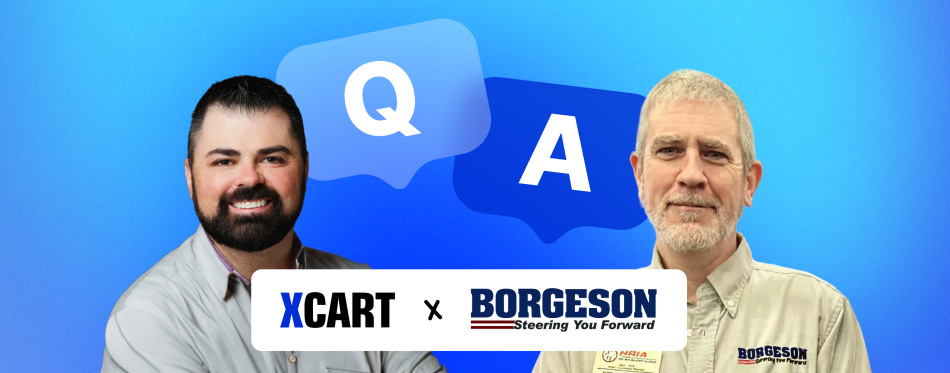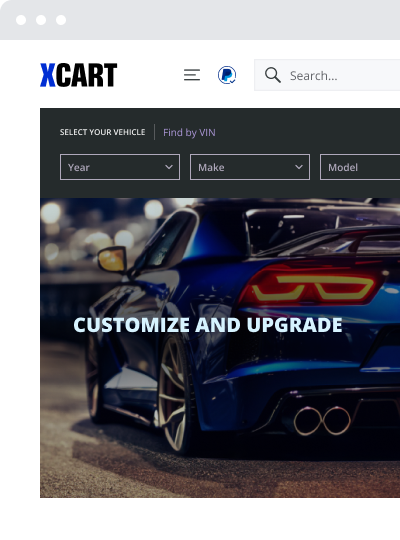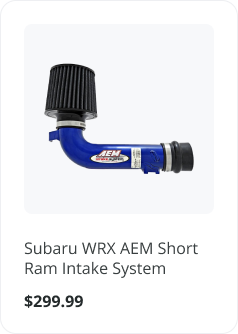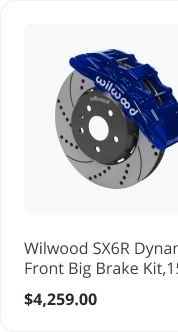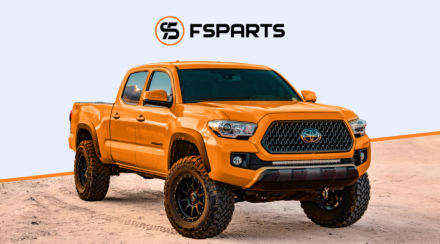How Picking Your Own Little Niche Parts Market Makes a Profit
In the 2020s, we’ve got Amazons and eBays, flinging everything from air fresheners to entire crate engines at the wall, hoping something sticks. Then there are the established giants, the RockAutos, the AutoZones online, with catalogs so vast they probably have their own gravitational pull. Trying to compete head-on with these titans? Good luck. You’ll need more than luck; you’ll need a forklift for your capital and a therapy fund for your sanity.
But what if we told you there’s another way? A path less traveled, perhaps a little muddier, but infinitely more interesting? We’re talking about selling niche parts. Because in the chaos of the general auto parts internet, being a specialist in a specific thing is what people need.
Trying to be everything to everyone is a fast track to becoming a nobody to everybody. The general auto parts market online is growing, and so are the niche markets, like 4×4 vehicles and parts. That’s a pie so big that everyone wants a slice. But when everyone’s elbowing for the same slice, the crumbs get pretty small.
What if, instead, you offered a cake that only a select few are truly looking for? They’ll find you. And they’ll pay.
“Everything Automotive” vs. Niche Parts
Let’s say you’re an average car owner. Your 2015 Honda Civic needs new brake pads. You type brake pads into Google, get a million listings, and get overwhelmed in no time. Price wars, confusing brands, and fitment anxieties make a jungle.
Now, imagine you own a Jeep Wrangler Rubicon, and you live it. It’s your mud-plugging, rock-crawling, overlanding soulmate. When you need a new heavy-duty transfer case skid plate or some very specific 3.5-inch lift kit springs, you’re not just typing car parts into the ether. You’re searching for your parts and looking for someone who speaks this language, someone who understands that death wobble isn’t a heavy metal band.
The global 4X4 vehicles parts and accessories market, for instance, was valued at USD 7.2 billion in 2023. And that’s just one niche. Think about:
- Vintage VW Beetle restoration nuts: They need specific grommets, period-correct hubcaps, and advice on rebuilding an air-cooled flat-four. There’s no such love at Generic Auto Megamart.
- Subaru WRX/STI performance fiends: These drivers are chasing every last horsepower with upgraded turbochargers, performance intercoolers, and blow-off valves that sound like a dragon sneezing. They want a supplier who knows the difference between an EJ255 and an EJ257 blindfolded.
- Classic Ford Mustang lovers: From concours-correct restoration parts for a ’67 Fastback to performance upgrades for a Fox Body, their needs are hyper-specific.
- The burgeoning EV modification crowd: Yes, it’s happening! Custom lighting, aerodynamic bits, even performance software adjustments. It’s a new frontier, and early specialists will reap rewards.
And how about these ideas? Performance parts for racing lawnmowers. Custom accessories for mobility scooters. Bespoke carbon fiber bits for a very particular model of Italian supercar that only 500 people on Earth own. The crazier, the better sometimes!
When you go niche, you’re selling expertise, passion, and a curated selection that says, “I get you.” The competition thins out like cheap paint, and your marketing becomes laser-focused. Instead of shouting into a hurricane, you’re having an intimate conversation with people who are already leaning in, desperate to hear what you’ve got.
So You Want to Be a Niche Parts Seller? The Devil’s in the Details (and the Fitment)
If you’ve decided to avoid the mainstream and become the king or queen of, say, aftermarket performance parts for turbocharged Volvos from 1994-1998, it’s brilliant.
First, you need to know your people. Who are these Volvo-loving speed fans? What forums do they haunt? What YouTube channels inspire them? What are their pain points? Do they dream of a specific exhaust note? Understanding their dialect, their desires, and their deepest fears is the first thing to do. For niche parts, it goes beyond demographic data to building a community.
Next, your catalog should be a curated museum of awesome. For your niche, you need to have the things. The hard-to-find bits, the quality upgrades, the parts that solve their specific problems. Don’t just list everything that might fit. That’s what the big guys do. You offer a selection that shows you’ve done the homework, that you’ve sifted through the junk to find the gems. This means you might have fewer SKUs than the giants, but each one is a heavy hitter for your audience.
And then, the reason for 85% of online auto parts returns… FITMENT. If you sell a part that doesn’t fit, you’ve lost a sale and created a frustrated customer, a costly return, and a potential bad review. In niche industries, where reputation is everything, you can’t afford this. Here, your online platform becomes your most critical employee.
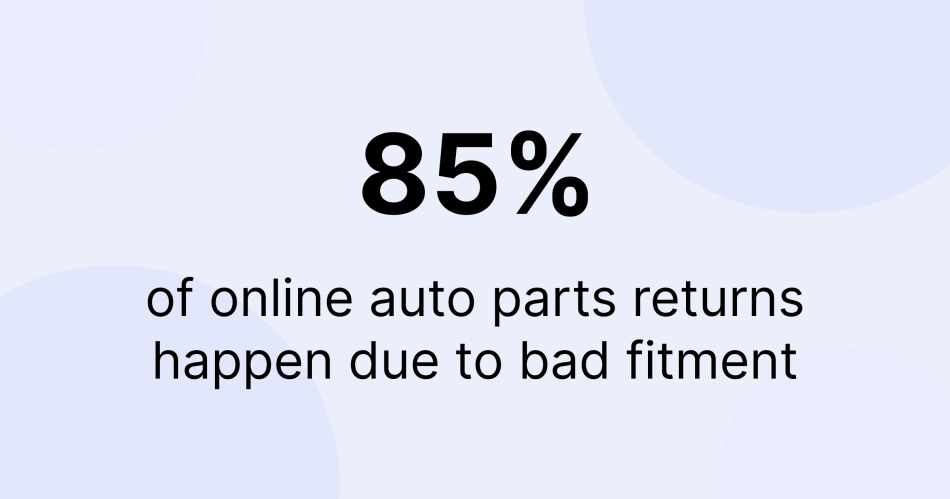
Trying to manage fitment data for, let’s say, every wheel offset and bolt pattern variation for every Subaru model from 1992 to the present day using a spreadsheet is like trying to perform brain surgery with a spork. It’s messy, and someone’s going to get hurt (probably your bottom line).
That’s why platforms like X-Cart Automotive stop being a nice-to-have and become an I-can-not-live-without-this essential. We’re talking about such features as:
- Native Year/Make/Model (YMM) and VIN lookup. Customers punch in their chariot’s details, even the tiniest ones, and only parts that actually fit are shown.
- “My Garage” feature. Regulars can save their vehicle details. They log in, and your store already knows they’re shopping for their beloved ’97 Volvo 850R. A good way to say ‘Welcome back!”
- ACES and PIES compliance. ACES (Aftermarket Catalog Enhanced Standard) and PIES (Product Information Exchange Standard) are the industry languages for fitment and product data. Being compliant means your data is accurate, standardized, and trustworthy. X-Cart helps convert and manage this data, reducing the headache of structuring and updating complex fitment information.
Without this kind of robust backend, you’re just gambling. With it, you’re a top-tier niche auto parts retailer.
Your Digital Dealership: X-Cart-powered Website
Let’s be brutally honest. If you’re serious about carving out your niche in the online auto parts world, you’re dealing with potentially thousands of SKUs, complex product variations (size, color, material, left-handed-smoke-shifter compatibility), and customers who expect a confidence-inspiring experience.
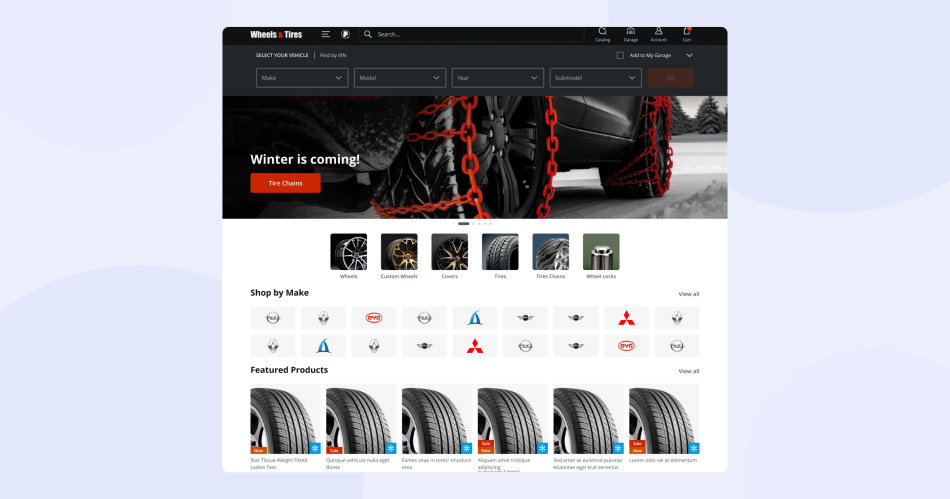
Your online store is your showroom, your sales team, and your chief mechanic all rolled into one. It needs to be more than just pretty. Beyond the critical fitment tools we just talked about, what else makes an automotive eCommerce platform a true workhorse?
Handling Catalogs
You might be niche, but even a niche like performance suspension for Japanese Kei cars can have a surprising number of individual components, brands, and variations. Your platform needs to manage this without choking. X-Cart, for instance, handles large and multi-faceted catalogs, allowing quick edits of thousands of SKUs and importing data in CSV, XML, XLS, and SQL.
Real-Time Smart Search
When someone lands on your site looking for that one specific thing for their vintage Land Rover Defender, they don’t want to play “find the needle in the digital haystack.” Smart search, like X-Cart’s DirectFind, means they find it fast. The quicker they find it, the quicker they buy it.
SEO That Speaks Your Language
You want your niche customers to find you organically, right? That’s why your site needs to be structured in a way that search engines love. This means clean code, mobile responsiveness (Google’s all about mobile-first indexing), and the ability to optimize for super-specific long-tail keywords your niche customers are typing in.
Best lift kit for 2018 Toyota Tacoma TRD Off-Road for 33-inch tires is a mouthful, but it’s a buyer with intent! X-Cart emphasizes an SEO-friendly web design, knowing that good structure helps Google index your precious parts.
Supplier and Inventory Integration
Manually updating stock levels from multiple suppliers is a recipe for disaster (and overselling). Modern platforms, and X-Cart specifically, automate connections to stock suppliers, synchronizing stock levels and pricing. This means what your customer sees as in stock is actually in stock.
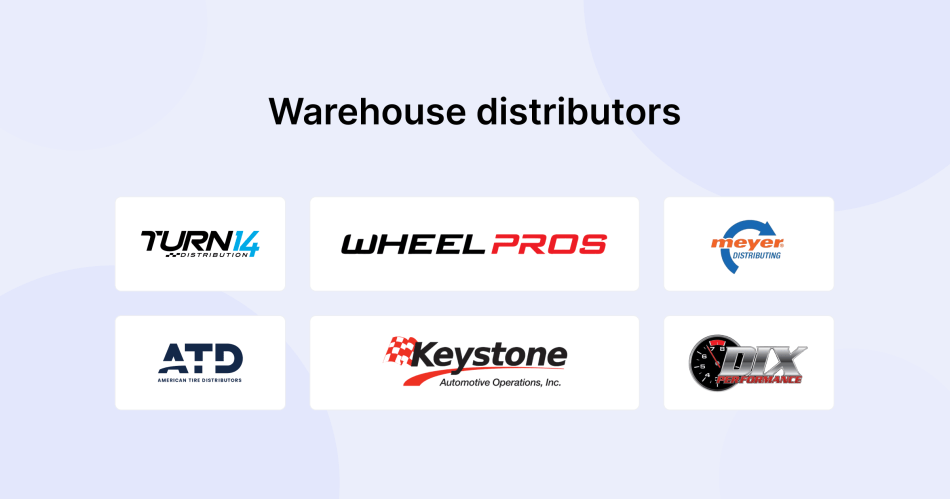
Visuals!
Especially for things like wheels, custom body kits, or fancy engine components, people want to see what they’re getting. High-quality images, multiple angles, zoom capabilities, and even visualizers (X-Cart has an AutoSync Visualizer for wheels and tires) make a huge difference. If they can practically smell the rubber or see the glint of the chrome, they’re halfway to checkout.
Your digital storefront needs to be robust, reliable, and tailored to the unique, often bewildering, demands of selling niche parts online.
The Not-So-Glamorous Bits: Shipping, Returns, and Keeping Your Wits
Selling physical products, especially oddly shaped, heavy, or delicate auto parts, comes with its own special brand of logistical issues. Shipping can be tough. A customer in Hawaii wants that oversized roll cage for their rock crawler? The shipping quote alone might need its own financing plan.
And returns? Even with the best fitment data, they happen. Maybe the customer ordered the wrong thing, or they changed their mind, or the part got damaged in transit. Having a clear, fair, and efficient returns process is crucial. Good inventory management and customer service will help with it. Knowing what you have, where it is, and being able to process returns without wanting to tear your hair out is vital.
Again, a solid eCommerce platform with good order and inventory management helps keep these processes from descending into utter bedlam. X-Cart, for example, specializes in centralizing and automating supplier and data connections to free you up from operational quicksand.
Staying sane through all this is a mix of good systems, caffeine, and a genuine love for what you do. Because if you’re not at least a little bit obsessed with classic Saab transmissions or performance upgrades for Ford Transit vans, the daily grind might just, well, grind you down.
Where Niche and Weird Demand Collide Beautifully
The beauty of a niche is that you can be more agile, more connected to your customers, and quicker to adapt to their sometimes unique desires. While the giants are trying to steer their massive container ships, you’re zipping around in a speedboat, exploring exciting new coves of customer demand.
So, if you’re looking at the automotive aftermarket and feeling a bit overwhelmed, take a breath. Look for the gaps. Find that underserved group of fanatics who are desperate for someone to finally cater to their very specific, possibly very weird, automotive passion.
It won’t be easy. It’ll be chaotic. But building a thriving online auto parts business in a niche you genuinely care about is an adventure. And with the right tools, the right mindset, and a healthy dose of delightful obsession, it’s an adventure you can win!
Want to start selling niche parts online?
About the author



